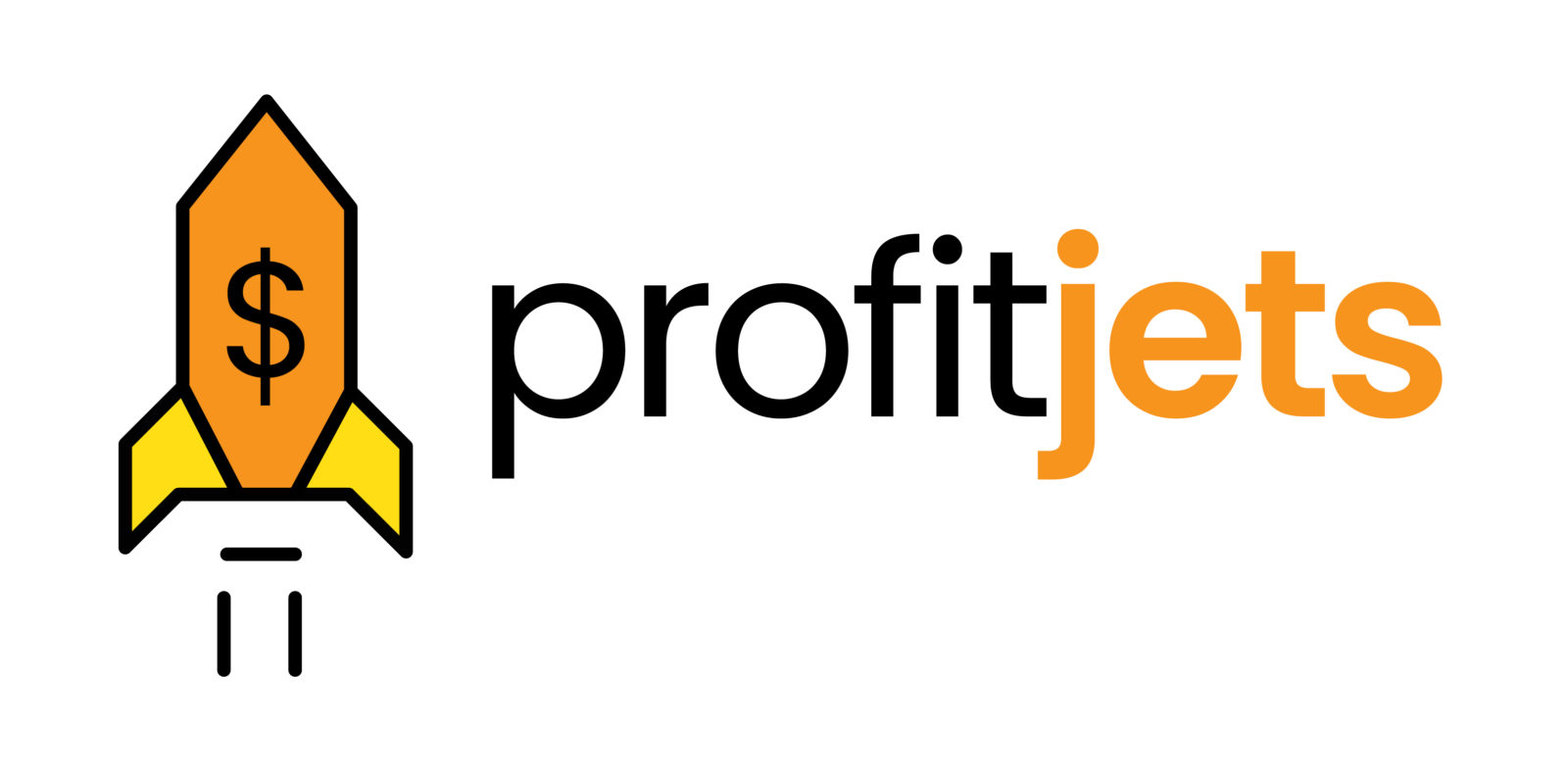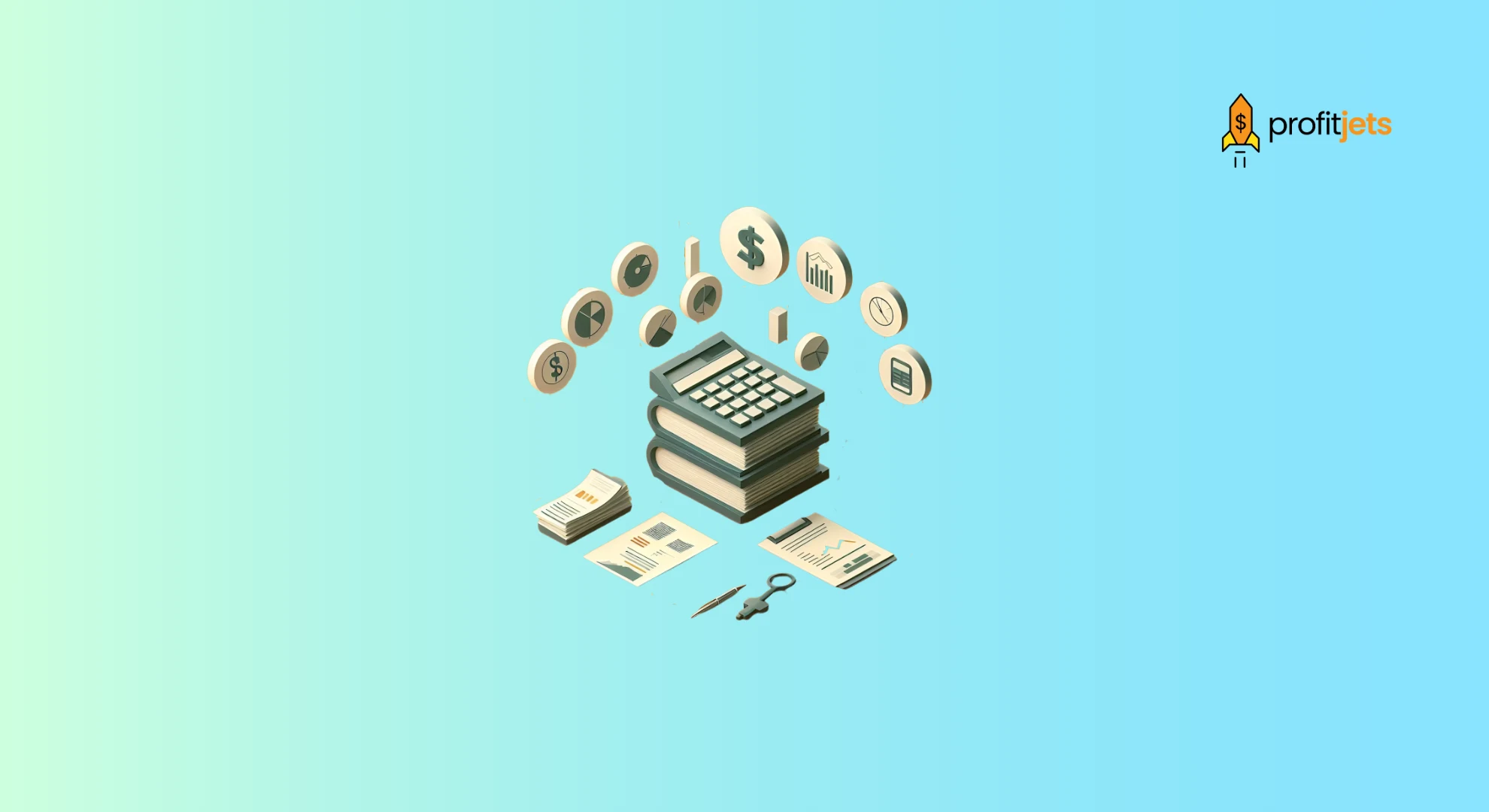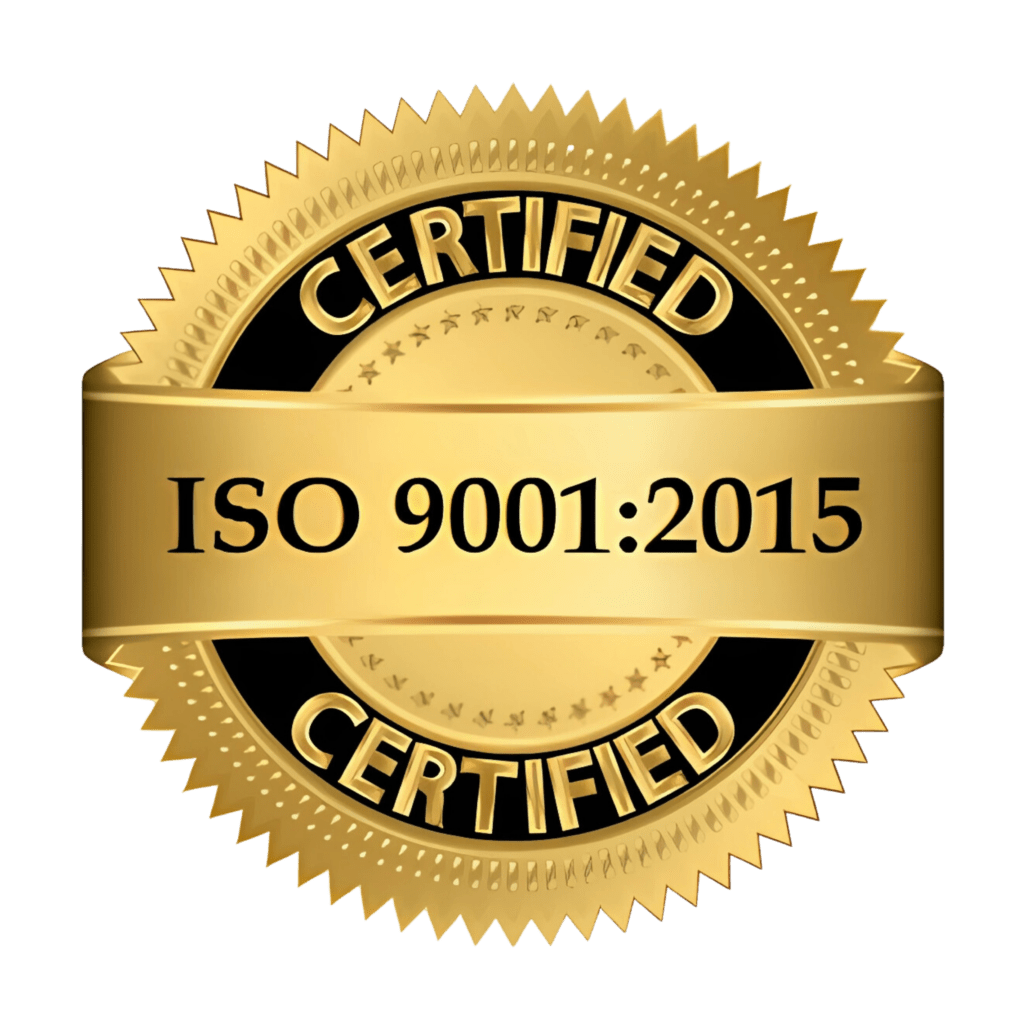Anyone with a basic understanding of investing or accounting for real estate is likely familiar with 1031 Exchange Accounting. Here’s ProfitJets breaking it down for you so you can capitalize on a Section 1031 exchange and understand its implications in a real-world scenario.
What is a 1031 exchange?
In the US, when real estate investors sell a property and reinvest the proceeds of the sale in another identical property or what the IRS describes as a ‘like-kind’ property, they can postpone paying capital gains taxes (deferred tax benefit) under the “like-kind exchange” provision of Section 1031 of the Internal Revenue Code (IRC)
In essence, the United States Internal Revenue Code (IRC) permits real estate investors to postpone paying capital gains taxes when they sell one property and reinvest the sale proceeds in another similar property. The definition leaves much for interpretation.
What Does “Like-Kind” Mean in Section 1031? And What Properties Qualify Under Section 1031 Exchange
The property has to be located in the U.S. It’s important to recognize that you cannot claim Section 1031 exchange benefits for a property used for residential purposes. It can only be used for properties that are held for business or investment purposes.
‘Like-kind’ property means the properties must be simialr, not of the same quality. For instance, an apartment complex could be exchanged for an office building if it’s intended for investment or business use. The buildings don’t have to be comparable with regard to grade, location, or type of use.
In simple terms, any real estate property held for investment or business purposes can be exchanged for any other real estate property held for the same purpose.
Here are a few instances to break it down further,
“Like-Kind” Examples: You can exchange
| With | To |
| Uncultivated land | Retail center |
| Industrial warehouse | Office building |
| Apartment complex | Hotel |
| Family rental | Farmland |
| Long-term commercial rental | Vacant lot |
All the above are like-kind by the IRS’s definition, as they are held for productive use in a trade or business or for investment. Even a family rental can be swapped out for farmland or uncultivated land for a retail center.
Here are Some Instances that Don’t Qualify
| Property Type | Reason Not Allowed |
| U.S. real estate ↔ Foreign real estate | Both must be located within the U.S. |
| Investment property ↔ Primary residence | Personal-use property not allowed |
| Real estate ↔ Stocks, bonds, REITs | Only real property qualifies |
| Real estate ↔ Equipment, vehicles | Only real property qualifies |
| Flipping property | Considered inventory, not investment |
It’s important to note that flipping a property does not give you Section 1031 exchange benefits. The IRS has a vigil and a trigger system in place and will hold you accountable for capital gains tax.
Properties with mixed-use, with one portion of the property used for investment and another for residential use. Like an Airbnb, where you live in one unit and rent the rest, will qualify. However, only the investment-use portion is eligible, not the unit used for personal use.
As per the 2017 Tax Cuts and Jobs Act, Section 1031 applies only to real estate property and not to equipment, stocks, bonds, or REITS.
The IRS defines real property broadly as including:
- Land
- Buildings
- Structural components
- Improvements (even if not permanently affixed)

What is the ‘deferred tax’ Benefit Under Section 1031? Is the Capital Gains Tax Waived?
When you use the deferred tax benefit, you cannot waive off or eliminate capital gain permanently. You merely defer, i.e., postpone paying capital gains taxes.
Instead of paying taxes immediately on profits from a property sale, you reinvest the full proceeds into a new property. Taxes become due when you sell the latest or the ‘replacement’ property unless you carry out another 1031 exchange.
When proceeds are reinvested in full, it compounds over time. Otherwise, investors would end up paying significantly higher taxes on each sale, losing the corpus for a full reinvestment and the benefit of compounding. In practice, Section 1031 allows higher capital for future investments, hence aiding wealth creation.
Here’s an instance to explain the use
Ø Initial Property Purchase Price: $400,000
Ø Property Sale Price: $700,000
Ø Capital Gain (profit earned from appreciation): $300,000
Ø A rough Estimation of Capital Gains Tax (20%): $60,000
Without a Section 1031 exchange, an Investor pays $60,000 in tax, leaving $640,000 for reinvestment.
However, with the Section 1031 exchange benefit, the whole corpus of $700,000 is available for reinvestment, allowing potential for a larger property and higher returns.
What are Section 1031 Exchange Timelines? How do I Clock the Exchange Benefit?
The timeline is of the essence for a Section 1031 exchange; missing a deadline could result in losing your tax deferral, making you liable for capital gains tax. Here’s a breakdown of the Section 1031 timeline:
Section 1031 Exchange Timelines to Hit the Key Milestones
>Day 0: Sale of the relinquished property is recognized as Day 0, triggering the clock for two crucial milestones
> 45-Day Rule or the Identification Period: Within this time, you have to identify potential replacement property(s). You must identify the replacement property in writing to your Qualified Intermediary (QI) with specifications of address, legal description, and signature.
> 180-Day Rule or the Exchange Period: You must close on the new property within 180 days of the original sale. This includes the 45-day identification period; the clock does not start from the day you identify the property. Exceptions and extensions are not allowed for holidays or weekends.
Common mistakes with the timelines:
Ø Identifying properties later than 45 days
Ø Buying a property not identified as per the specifications of the IRS
Ø Missing the 180-day close
Ø Utilizing the sale proceeds for anything other than reinvestment
Getting to work on the new property even before the sale of the initial property helps you reach all the milestones. i.e., identify your property beforehand, discuss financials and decide the terms, and hire a qualified intermediary (QI) to help you record the identification and account for the sale. The IRS simply doesn’t allow extensions unless there’s a federal disaster declaration.
What Is “Boot” in a 1031 Exchange? What Happens If You Receive a Boot?
In section 1031, ‘Boot’ is recognized when you receive anything in a 1031 exchange that is not like-kind property. It could be cash, a mortgage boot, or a property that is not ‘like-kind’ as described in the earlier section. The sale is now taxable, but not the whole value. You are liable to pay tax on the boot portion. In simpler terms, if you get extra value, you are liable for tax on the additional value. In such a scenario, you qualify for a partial 1031 exchange. You just pay tax on the boot and not the entire gain.
Kinds of Boot
Cash Boot
Cash book is the leftover funds or the differential between the purchase value of the new property and the sale value of the old property.
For instance,
- You sell your commercial property for $500,000.
- You purchase a replacement property for $460,000.
- Now, the remaining $40,000 is cash boot and taxable.
Mortgage Boot:
You are due to pay a lower debt on the replacement property than on the initial one you sold.
- Your relinquished property had a mortgage of $300,000.
- Your replacement/new property has a $250,000 mortgage.
- The differential in debt or debt relief is $50,000, making it a debt boot.
- If you don’t add $50,000 cash to offset this difference, that $50,000 becomes taxable.

Conclusion
Section 1031, as a part of real estate accounting, was introduced by the IRS to help build wealth and get the full benefit of compounding. It is without doubt a boon to those who capitalize on it. However, because it comes with strict deadlines, specifications imposed by the IRS, and a need to account for everything in detail with all relevant forms and procedures, you will need to hire a professional to carry it out. Don’t miss out on the 1031 exchange advantage; hire Profitjets to account for your real estate transactions and file your taxes. Profitjets is a trusted taxation advisor and assistant who is also proficient in outsourced bookkeeping and accounting.
FAQs on Section 1031 Exchange
1. How often are 1031 exchanges audited?
Section 1031 exchanges are not subject to a specific audit frequency; however, they receive greater scrutiny than other real estate transactions. The IRS has identified 1031 exchanges as a significant focus due to their potential for misuse, such as failing to satisfy like-kind requirements, incorrectly claiming personal property, or the improper use of secondary residences.
2. Do I need to report a 1031 exchange on my tax return?
Yes, you are bound to report a 1031 exchange on your tax return, even if no taxable gain is recognized. You have to file IRS 8824—like-kind exchanges with your Federal Income Tax return for the year of the exchange.
3. How long do I have to hold a 1031 exchange property before exchanging it again?
You must have owned it for at least 24 months before the exchange.
4. Can you gift 1031 exchange property to a family member?
Yes, gifts are permitted to gift a 1031 exchange property to a family member. However, there are specific considerations you need to keep in mind. The timing and intent can be questioned through IRS scrutiny. If you have never tried to hold it, rent it out, or use it for commercial purposes, you might fall under the scanner. Here’s how you need to plan your gift. You could hold the property for 1-2 years, so your intent for investment purposes is not questioned.
5. What is a reverse 1031 exchange?
In a traditional 1031 exchange, you sell your property first and then purchase a replacement property to gain the Section 1031 exchange benefit. In a reverse 1031 exchange, you start by buying the replacement property and then selling the initial property within 180 days. This is useful when you don’t want to avoid closing on a good deal. For perspective, the average American home stays on the market for less than a month.
6. Can you do a 1031 exchange on a second home?
Yes, you can do a 1031 exchange on a second home, but only under specific conditions—mainly if the second home is used as an investment property rather than just for personal enjoyment.
7. Can I 1031 a vacation home?
Yes, but only if it’s treated as an investment property, not a personal-use second home.
In order to qualify for a 1031 Exchange, as per IRS Revenue Procedure 2008-16, here are the safe harbor rules to successfully exchange a 1031 vacation home.
Ø You must hold the initial property for at least 2 years (24 months) before exchange.
Ø The property has to be rented for at least 14 days at fair market rent.
Ø Personal use must not exceed 14 days per annum or 10% of the days it’s rented out.
To qualify, you must acquire a link-kind property, hold it for a minimum of 2 years (24 months), and apply the same rules for rental use and occupation for personal use as above.
8. Can I claim Section 1031 benefits for flipping houses?
No. An exchange as per Section 1031 has to meet all necessary IRS guidelines.
– You can do several 1031 exchanges sequentially or over a lifetime, but before selling, you have to hold the property for at least 24 months when you want to claim a 1031 exchange.
– In each of those 24 months, the property has to be rented out for a minimum of 14 days per year at fair market rent.
– Although you can use it personally, you should limit it to no more than 14 days a year or 10% of the days it was rented (the greater of both).
– If you try to “flip” properties too quickly using 1031 exchanges, the IRS may challenge your intent and disallow the deferral, treating it as a taxable sale.










